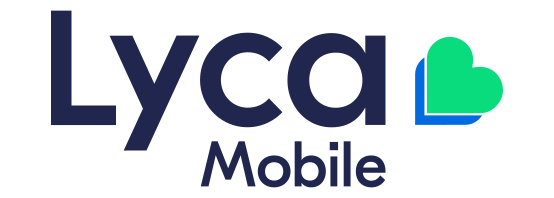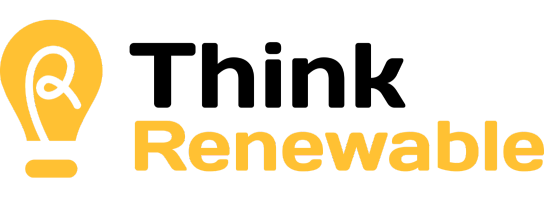Quiet Quitting: How to Spot It and What to Do About It
If the management buzzword of 2021 was ‘the new normal’, then this year’s must be ‘quiet quitting’.
First coined in 2009 by economist Mark Boldger, it has been previously explained as ‘quitting the idea of going above and beyond at work’.
The topic has drawn a lot of interest online and taken on negative connotations in the process. However, when you take a deeper look, it’s not about employees quitting at all. Instead, it’s a way of them indicating a wish to achieve a healthier work-life balance, and that’s totally understandable given what we’ve all been through these last few years.
Any employer of choice naturally wants to help their staff find balance, especially when you consider happy employees are much more likely to contribute to company success than unhappy employees (plus they’re also 13% more productive!).
Here we explore the concept of quiet quitting, ways you can spot it amongst your team, as well as some bonus strategies to address it and increase employee engagement.
What is Quiet Quitting?
The definition of quiet quitting depends on whom you ask.
Some see it as prioritising their personal life over work, while others find it an effective way to buy out of the ‘hustle culture’ that we’ve become accustomed to. Some people just don’t feel that to succeed professionally, they need to be constantly in work mode. Others again view it as a way to do as little as possible to get the job done.
Then there’s a recent Gallup poll that seems to combine them all by defining it as people who are not engaged at work, who do the minimum required, and who are psychologically detached from their job. Some of the signs of ‘quiet quitting’ include:
- A sustained lack of motivation and/or enthusiasm
- Consistently arriving or logging in late and/or clocking off early
- A reluctance to ask questions – or not asking any at all
- Declining to take on new tasks, responsibilities or projects
- Avoiding after-work social events
- Being noticeably withdrawn
- Voicing persistent frustration with tasks, colleagues or other stakeholders
- Increased sick leave
While some of these behaviours naturally occur from time to time, if they happen on a frequent and prolonged basis, you might have a quiet quitter in your midst.
The Reasons Behind Quiet Quitting
According to Asana’s Australia Anatomy of Work Index 2022, close to half of all workers have recently suffered from burnout (45%), with nearly one quarter experiencing burnout four or more times in the year leading up to the survey (24%). Such feelings have directly led to an increased incidence of ‘quiet quitting’ amongst Australian workers.
Other key reasons for quiet quitting include employees feeling:
- Undervalued and/or unrecognised
- Consistently overwhelmed
- Uncomfortable establishing boundaries
- Reluctant to speak to managers about their emotional state
- Unsure about how their work contributes to the greater company purpose
- A misalignment between the company and personal values
Ways to Address Quiet Quitting
These strategies can help you to uncover how to address the issue, plus boost employee engagement and happiness in your team. As a bonus, these have positive flow on effects on productivity, company culture and company brand. These are all big ticks for employee retention and new talent attraction!
- Find Out Your Employees’ “Why”
The first step in dealing with quiet quitting is finding the source of an employee’s disengagement. If you notice a team member showing signs of disengagement, arrange a one-on-one to discuss how they’re feeling. Hopefully, they’ll feel comfortable enough to answer your questions truthfully.
From here, you can learn what’s going wrong and start to improve their circumstances. For instance, if it’s workload-related, you could consider hiring a temp or freelancer to ease the burden – and not to brag, we’re pretty good at helping source talent, temporary or permanent!
- Cultivate a Feedback Culture
It’s hard to deal with an issue you don’t know about, and that’s why employee feedback is so important. There are plenty of ways to garner honest feedback about a range of issues and for it to be most effective, consider both direct and anonymous methods. In addition, see if upper management are open to holding whole company or department forum-type feedback sessions focused on employee experience.
While getting the feedback is great, your action after it is what really matters. This shows employees you really value their opinions and their on-the-ground knowledge and experience.
- Help Your Employees Understand Their Purpose
Quiet quitting can be a sign that your staff don’t know what they’re really working for. According to McCrindle Research, 45% of Gen Z’s want work that has meaning and purpose beyond just getting paid, helping staff see how they’re contribution makes a difference could be a real game changer.
- Review Workloads and Workplace Practices
It’s possible you’ll receive feedback about employee workloads and inefficient workplace practices. When it comes to workloads, carefully evaluate what’s in your team’s pipeline and consider tweaks. It might be extra resources, a redistribution of tasks, or questioning whether some projects are really essential to overall business goals.
As for workplace practices, devote some time to understanding where there may be inefficiencies. Is there anything you could do to enhance your team’s work processes? An example includes implementing guidelines about how meetings should run, and what should constitute a meeting.
An Extra Hand Dealing with Quiet Quitters
You’re doing a positive thing by helping your employees establish work-life balance in the hopes of re-engaging with their work. Quiet quitting shouldn’t be something that comes with negative connotations, but something that signals you to work on your culture in your business.
If you need further assistance in this area, or are looking to add some extra resources to your team, feel free to connect with one of our specialist recruiters. We’re proud to be a premier recruitment agency in Sydney, and love helping our clients with their employee needs, whether that’s retaining current staff or looking for new recruits for open Sales & Account Management, Marketing & Digital, Customer Service & Call Centre, Business Support or Executive Search jobs in Australia.
















